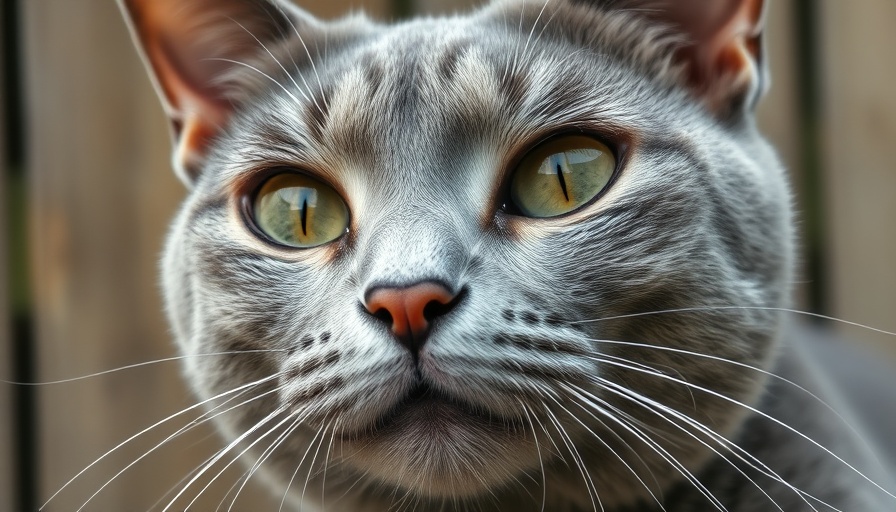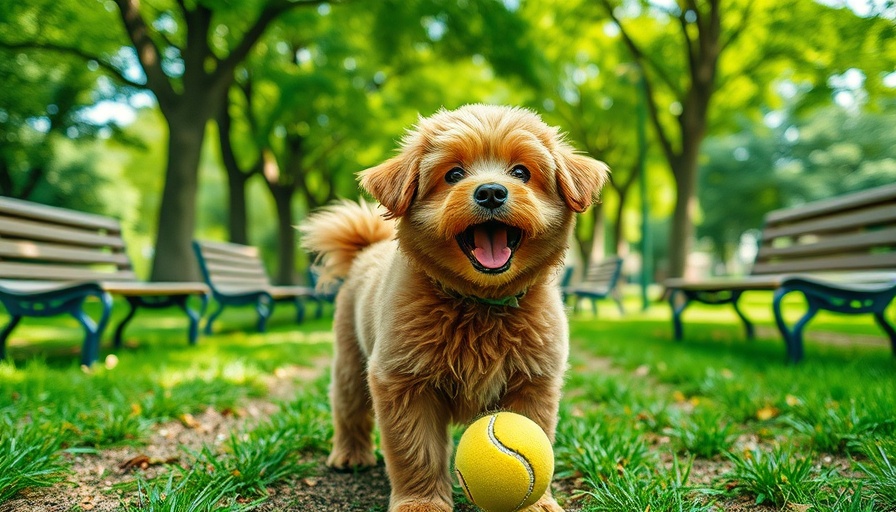
Understanding Conjunctivitis in Cats: More Than Just Pink Eye
Conjunctivitis in cats, commonly referred to as pink eye, is not just a minor inconvenience — it indicates underlying health issues that can significantly affect your feline friend. The condition arises when the conjunctiva, a delicate tissue lining the eyelids and covering the eyeball, becomes inflamed. This inflammation can lead to discomfort, vision problems, or more severe health threats if not addressed in a timely manner.
Recognizing the Symptoms of Conjunctivitis
Understanding the symptoms of conjunctivitis is crucial for cat owners. Here are the primary signs to look out for:
- Redness or Pinkish Discoloration: One of the most striking signs of conjunctivitis is a noticeable change in the color of the eye. If your cat’s eye appears unusually red or pink, it’s often a clear indication of inflammation.
- Discharge: Whether watery or thick, eye discharge is a warning sign. A clear discharge may accompany mild irritations, but a thick, green, or yellow discharge usually signals an infection that requires veterinary attention.
- Frequent Pawing or Rubbing: Cats often paw at their face when experiencing discomfort. This behavior can exacerbate the issue by introducing bacteria to the inflamed area.
Recognizing these symptoms promptly is essential in preventing further complications and ensuring your cat receives the best possible care.
Common Causes of Conjunctivitis
Various factors contribute to conjunctivitis in our feline companions. Understanding these can help in preventive care:
- Viral Infections: The feline herpesvirus is often the most significant culprit. Highly contagious, it can lead to chronic issues, necessitating immediate veterinary treatment.
- Bacterial Infections: Bacteria can also inflame the conjunctiva. In such cases, antibiotic drops and good hygiene are key to recovery.
- Allergies: Just as in humans, allergies to pollen or household items can trigger allergic conjunctivitis. Identifying and minimizing exposure to these allergens can help alleviate symptoms.
- Environmental Irritants: Fumes from household cleaners or foreign bodies, such as fine debris from plants, can irritate a cat’s eyes. Keeping the environment clean and free of irritants is essential.
As loving cat owners, it's vital to address these issues promptly to ensure our cats are comfortable and healthy.
Treatment Options for Conjunctivitis in Cats
Treating conjunctivitis effectively hinges upon correctly identifying its cause. Depending on the diagnosis, the following treatments may be recommended:
- Antibiotics: For bacterial infections, your veterinarian will likely suggest antibiotic eye drops as an immediate remedy.
- Antiviral Medications: If the conjunctivitis is caused by viruses like feline herpesvirus, specific antiviral medications may be necessary.
- Anti-inflammatory Drops: These drops can provide relief for allergic reactions.
- Environmental Adjustments: Ensuring a calming and non-irritating environment can greatly aid your cat's recovery.
Following your veterinarian's guidance for treatment is crucial in reestablishing your cat’s eye health.
The Importance of Early Detection
Early detection and comprehensive care can significantly impact the duration of conjunctivitis. While many cases might resolve within a week or two with proper care, persistent symptoms can suggest deeper health issues. Regular check-ups with your vet ensure any potential problems are spotted early, facilitating timely treatments.
Conclusion: Caring for Your Cat's Eye Health
In our journey as cat parents, it is vital to remain vigilant about our cats' health. Understanding conjunctivitis is just one step in ensuring our pets remain healthy and happy. If you notice any symptoms, don’t hesitate to consult your veterinarian.
Taking proactive measures such as regular vet visits, being aware of your cat’s environment, and optimizing their home setup for allergy prevention will contribute to their overall well-being. Make sure to give your feline companion the best care possible—because they deserve nothing less!
 Add Row
Add Row  Add
Add 




Write A Comment